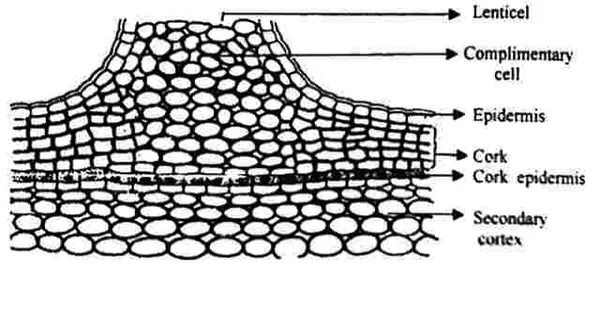Complementary cells are a mass of cells in plants created by the cork cambium at the location of the lenticels. It is a collection of loosely packed cells that facilitate gas exchange via cork. These cells are often defined as pairs of cells in a biological setting that collaborate or complement one another in some way.
In biology, complementary cells may refer to cells that collaborate in a complementary manner to execute specified roles. In the immune system, for example, T cells and B cells work together to protect the body against invaders.
In electronics, complementary cells are typically used to describe pairs of transistors (generally one N-type and one P-type) that are meant to perform logic operations together. For example, complementary metal-oxide-semiconductor (CMOS) technology creates digital circuits using such pairs.
Here are a few examples:
- Red Blood Cells (Erythrocytes) and White Blood Cells (Leukocytes): In the circulatory system, red blood cells carry oxygen to tissues, while white blood cells are involved in immune responses, complementing each other in maintaining overall health.
- Neurons and Glial Cells: In the nervous system, neurons transmit signals, while glial cells support and protect neurons, ensuring their proper functioning.
- Sperm Cells and Egg Cells: In sexual reproduction, sperm cells (male gametes) and egg cells (female gametes) complement each other to form a new organism.
- Muscle Cells (Myocytes) and Nerve Cells (Neurons): Muscles contract in response to signals from nerves, demonstrating complementary functions in movement and control.
- Root Hair Cells and Mycorrhizal Fungi: In plants, root hair cells absorb water and nutrients, aided by mycorrhizal fungi that extend the root system and facilitate nutrient uptake.
These examples illustrate how different types of cells can work together synergistically to perform essential functions in organisms.
















